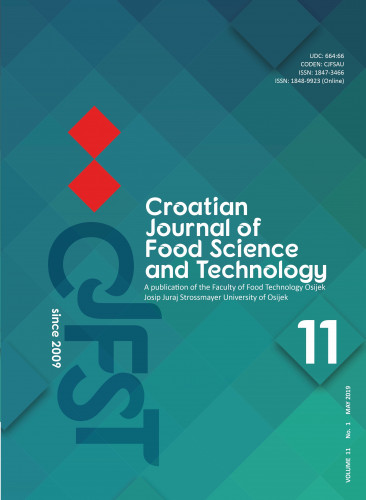Near-infrared (NIR) diffuse reflectance spectroscopy was used in combination with multivariate analytical methods to discriminate between different fruit and vegetable products preserved in glass containers, which are commonly used as receptacles for the pasteurization of fruit and vegetable products. To investigate the samples in this way, i.e. inside the sealed glass containers, is important for this specific application in a food processing facility. In order to adapt digitalization technologies to the pasteurization process, it is necessary to investigate usually consumed products with suitable sensors and data analytics. NIR spectroscopy in combination with multivariate data analysis is a mighty tool to unravel various issues in food research and industry. Thus, this combination is in the focus of this investigation. It is shown for the first time that the discrimination between five types of preserved food in glass containers is possible by using NIR diffuse reflectance spectroscopy and multivariate data analysis (including discrimination methods). The performance parameters sensitivity, specificity, and efficiency, are determined for every product group and analyzed in a misclassification table. On average, the results show that 95 % of ca. 2100 observations are correctly classified with partial least squares discriminant analysis (PLS-DA).
Sažetak

 Croatian journal of food science and technology : a publication of the Faculty of Food Technology Osijek : 11,1(2019) / editor-in-chief Jurislav Babić.
Croatian journal of food science and technology : a publication of the Faculty of Food Technology Osijek : 11,1(2019) / editor-in-chief Jurislav Babić.